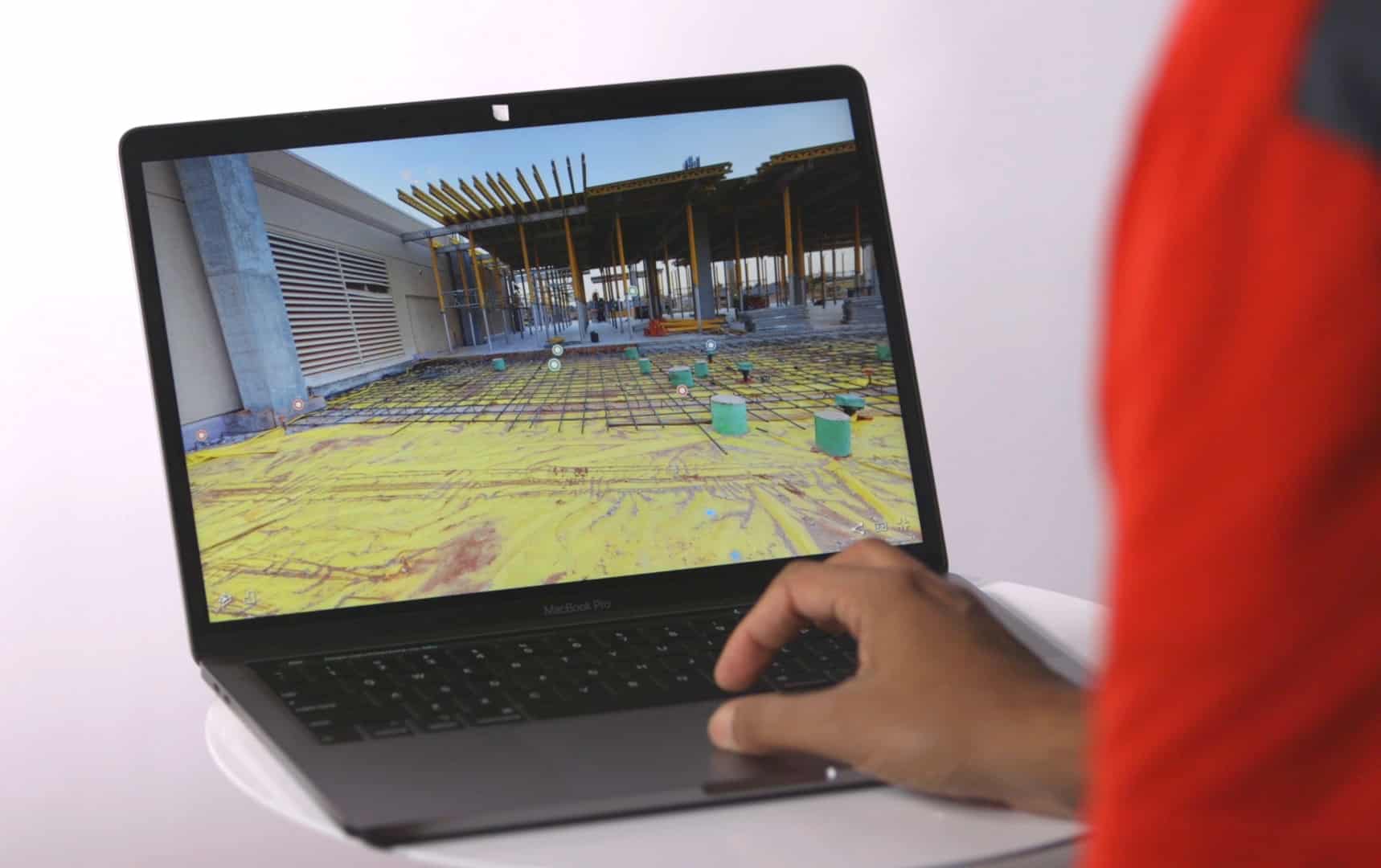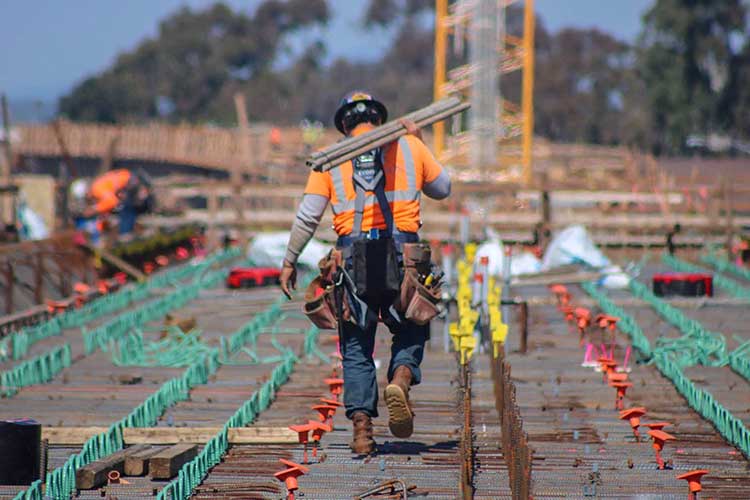Dr. Somik Ghosh is an associate professor of construction science at the University of Oklahoma, where he teaches courses on lean construction management, cost estimating and project planning and scheduling. Ghosh also conducts research on subjects including occupational health and safety and project planning and controls.
The Bluebeam Blog recently had the opportunity to sit down with Ghosh to get his thoughts on his career trajectory and what motivates him most as a professor. Edited excerpts follow.
Bluebeam Blog: How did you get started in this industry and on this career trajectory?
Ghosh: I’m an architect by training and I did that from India. After completing my architecture degree, I started practicing and then I found myself to be more comfortable on the construction side. I preferred going out to the jobsite and interacting with workers. That’s the reason I preferred this career path. Then I came to the United States to do my master’s and Ph.D.
I have worked in the industry in the United States in different capacities, like working from owner’s rep to a project engineer to a project manager, for more than four years. And then I decided to come back to academia to share my knowledge, my experience and, at the same time, grow because if I’m in academia, I’m growing along with my students, staying abreast with the industry, interacting with them.
Bluebeam Blog: What types of students are you finding most interested in entering the AEC industry?
Ghosh: We find students coming from a wide variety of backgrounds. There are students who will come because they have a family background in construction. There are students who really want to do construction. They are passionate about seeing things built in front of them and being part of that process.

Then, there is another group of students who have less familiarity with construction, but somehow get attracted toward this industry. With these varied backgrounds, we find the knowledge base of the students on concepts about the construction materials, the processes, etc. varies a lot.
The way we have been communicating construction documents to these varied group of students is not very intuitive. I mean, before 3D modeling and all of this came in, we were primarily using two-dimensional drawings. So just to understand that the two lines on a floor plan actually means a wall—it’s very difficult for someone coming in without previous experience in construction. So, I have seen the students struggle about conceptualizing or visualizing the processes, the material—those who do not have a lot of experience.
Once they go out in the field, once they have one or two internships, then they start connecting the dots. But it is a challenge for us as faculty members to provide that capability of visualizing the three-dimensional object of the space based on the drawings.
Bluebeam Blog: Could you share a student success story or an example of what keeps you motivated as a professor?
Ghosh: Well, there have been a lot of such instances, but I will not get into any particular stories. Some of the things that keep me motivated or keep me going are the variety in topics and their advancements that I teach in class. We perceive the importance of sharing that information with the students; there’s a reason we include them in the curriculum.
Now, while we are teaching it to the students, maybe they do not understand the importance of a particular aspect and they seem disengaged. But there has been a lot of times when the folks come around after they have worked in the industry for a few years and say, “Hey, that’s the most important thing I’m using in my life today.”
That keeps me going. We have also seen students who have come to the program. Sometimes they have dropped out for multiple reasons and then came back, completed it and then they have excelled, and we can see how they have improved and changed in those four or five years. To see the change, the transformation in their lives and then, ultimately, they go to the industry and take leading roles—that is one of the greatest satisfactions of this profession.
Bluebeam Blog: What’s your one piece of advice for AEC students?
Ghosh: Keep your minds open. The AEC, like any other industry, is advancing every day. So, if a particular student has to be successful, he or she has to be open-minded; they should be updated about all the information, all the advancement that’s going on in the industry. And then they should have a goal in their life; what do they want to do in the next five years, a short-term goal and a long-term goal. And then, depending on the goal, they should plan their career.














